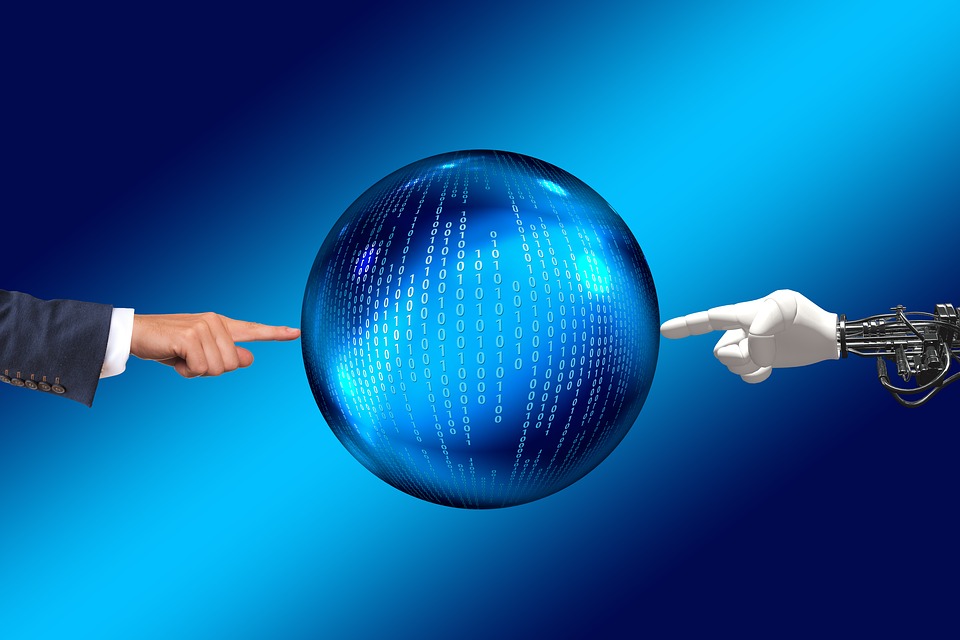Human Machine Interface, an acronym of HMI, is a platform through which human beings can communicate with the machines present. It comprises of hardware and software which decodes the user’s inputs to signals for machines.

Based on the input, the machine gives back the required result or output to the human being. It is applicable in various industries such as electronics, medical, military, automation, etc. However, typically an HMI is much more specifically utilized in the manufacturing and process control systems.
Choosing a perfect HMI for your needs:
An HMI is usually a very expensive item among all the items present in the factory or lets in the manufacturing industry. So, it is very significant to understand what is needed for it.
It usually has 3 primary roles. They are a pushbutton replacer, data handler, and overseer. The pushbutton replacer replaces the LEDs, on/ off buttons, switches or any mechanical device which executes a control function.
There is a potential for removal of these mechanical devices because the Human Machine Interface can offer a visual representation of all these devices on its LCD screen whilst carrying out all the similar functions.
The Data Handler is used for purposes that need regular feedback and supervision. And these handlers arrive equipped with huge capacity memories
The last of the HMI types is called to as the overseer. As it works along with Supervisory control and data acquisition (SCADA) and Manufacturing execution systems (MES). These are centralized systems which examine and control complete sites or complexes of big systems spread out over large areas.
These are centralized systems which monitor and control entire sites or complexes of big systems spread wide over large areas. It is usually linked to the SCADA system’s databases and software programs to offer trending, diagnostic data, and management information.
Environmental Aspects for an HMI
The environment in which the HMI is being operated should always be taken into consideration when choosing an HMI. For example: for usage in a warehouse which has excessive noise or vibration, heavy-duty HMI is the best.
If used in the food processing industry or somewhere that might requires to be washed down, a water-protected HMI is apt. It is also important that temperature is taken as a factor in the selection process.
Few Advantages of HMI:
- Enhancing Communication:
HMI assists in enhancing communications among a variety of equipments throughout the facility. The improvement of communication can be done with the help of remote I/O, Ethernet, serial port, Data Highway Plus, DDE (Dynamic Data Exchange), etc.
- Recording of data:
It evens records the data inserted into it. When entering data, the connected system around it records the data automatically. The biggest advantage of recording data is that it can be used in future for troubleshooting mechanical problems
- Reasonable:
It helps a lot in trimming down the costs of hardware. It replaces various push buttons, selectors, lights, etc. Therefore, fewer numbers of consoles, panels, and fewer cables will ultimately help in the reasonable amount being spent all over the plant.
